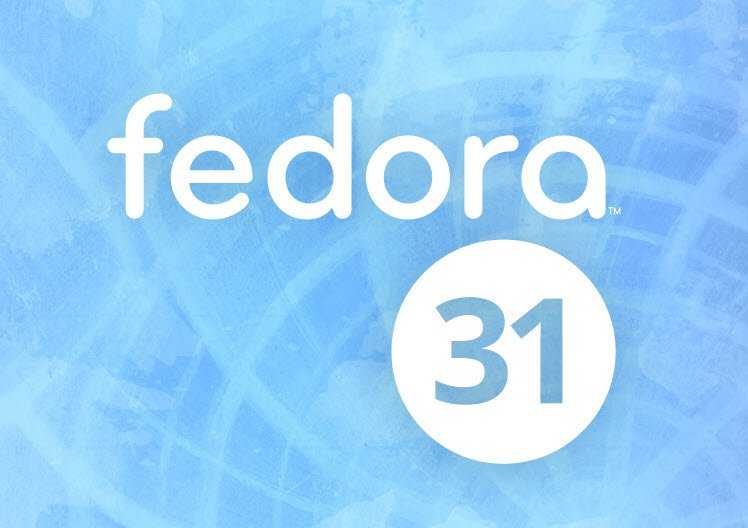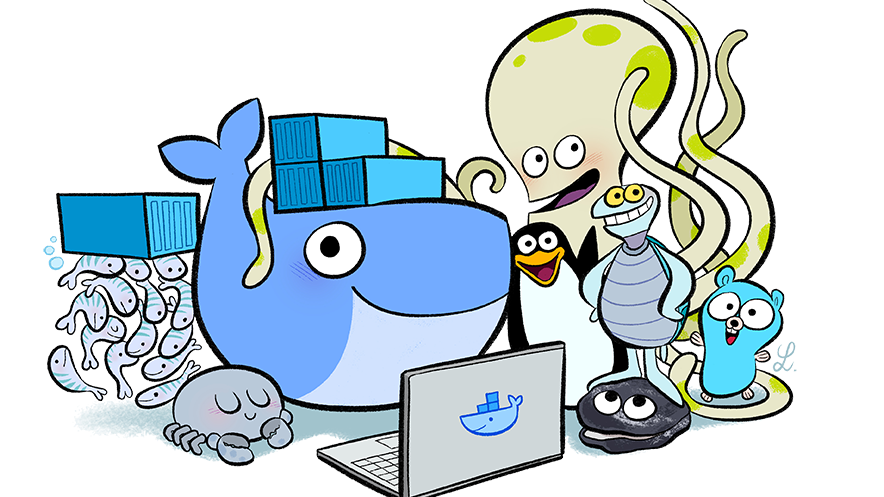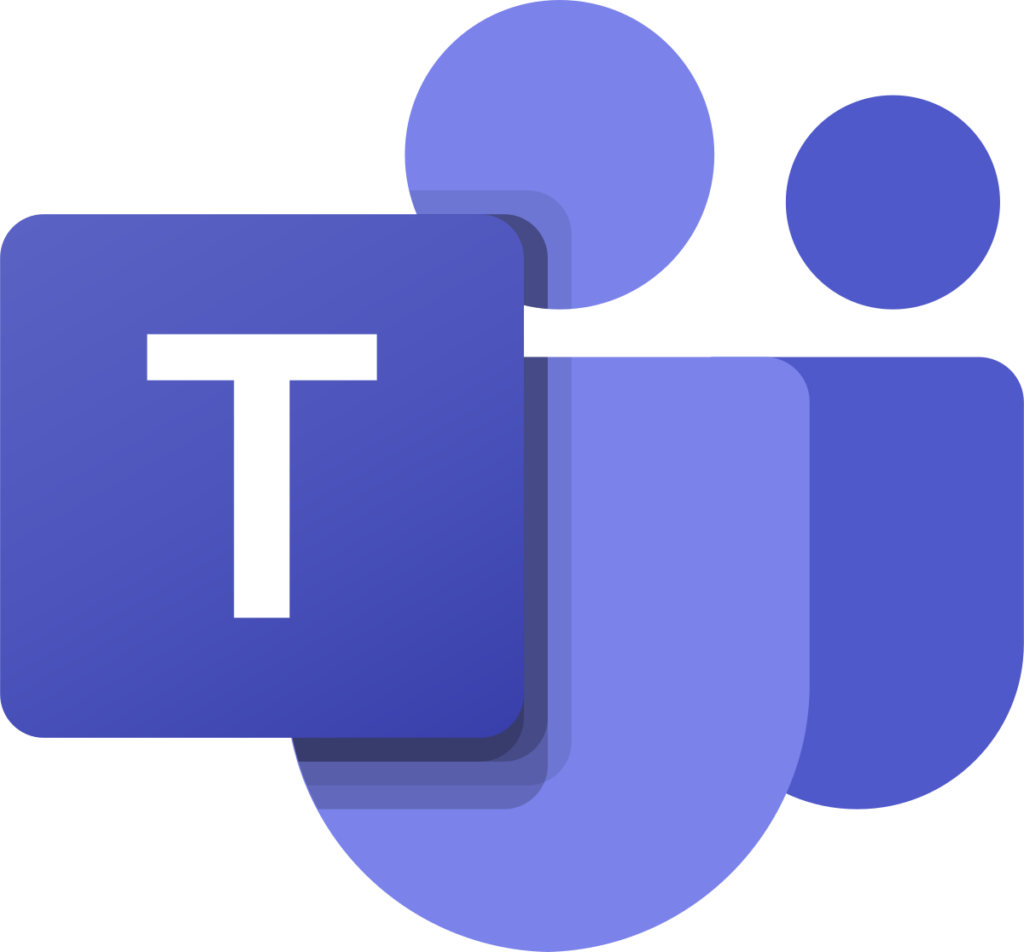
Oracle Cloud Free Tier was announced a couple of months ago at Oracle OpenWorld 2019. It was mentioned in one of my posts at the time (here). So what do you get for your zero dollars?
- 2 Autonomous Databases : Autonomous Transaction Processing (ATP) and/or Autonomous Data Warehouse (ADW). Each have 1 OCPU and 20G user data storage.
- 2 virtual machines with 1/8 OCPU and 1 GB memory each.
- Storage : 2 Block Volumes, 100 GB total. 10 GB Object Storage. 10 GB Archive Storage.
- Load Balancer : 1 instance, 10 Mbps bandwidth.
- Some other stuff…
I’ve been using Oracle Cloud for a few years now. Looking back at my articles, the first was written over 4 years ago. Since then I’ve written more as new stuff has come out, including the release of OCI, and the Autonomous Database (ADW and ATP) services. As a result of my history, it was a little hard to get exited about the free tier. Don’t get me wrong, I think it’s a great idea. Part of the battle with any service is to get people using it. Once people get used to it, they can start to see opportunities and it sells itself. The issue for me was I already had access to the Oracle Cloud, so the free tier didn’t bring anything new to the table *for me*. Of course, it’s opened the door for a bunch of other people.
More recently I’ve received a few messages from people using the free tier who have followed my articles to set things up, and I’ve found myself cringing somewhat, as aspects of the articles were very out of date. They still gave you then general flow, but the screen shots were old. The interface has come a long way, which is great, but as a content creator it’s annoying that every three months things get tweaked and your posts are out of date. 🙂 I promised myself some time ago I would stop re-capturing the screen shots, and even put a note in most articles saying things might look a little different, but now seemed a good time to do some spring cleaning.
First things first, I signed up to the free tier with a new account. I didn’t need to, but I thought it would make sense to work within the constraints of the free tier service.
With that done I set about revamping some of my old articles. In most cases it was literally just capturing new screen shots, but there were a few little changes. Here are the articles I’ve revamped as part of this process.
- Oracle Cloud Infrastructure (OCI) : Create a Compartment
- Oracle Cloud Infrastructure (OCI) : Create a Virtual Cloud Network (VCN)
- Oracle Cloud Infrastructure (OCI) : Create a Compute VM
- Oracle Cloud Infrastructure (OCI) : Amend Firewall Rules
- Oracle Cloud : Autonomous Data Warehouse (ADW) – Create Service
- Oracle Cloud : Autonomous Transaction Processing (ATP) – Create Service
- Oracle Cloud : Autonomous Database (ADW or ATP) – Load Data from an Object Store (DBMS_CLOUD)
- Oracle Cloud : Autonomous Database (ADW or ATP) – Import Data from an Object Store (impdp)
There are some other things I’m probably going to revisit and new things I’m going to add, but for now I feel a little happier about this group of posts. They’ve been nagging at the back of my mind for a while now.
If you haven’t already signed up for a Free Tier account, there is literally nothing to lose here. If you get stuck, the chat support has been pretty good in my experience, and please send feedback to Oracle. The only way services get better is if there is constructive feedback.
Cheers
Tim…





